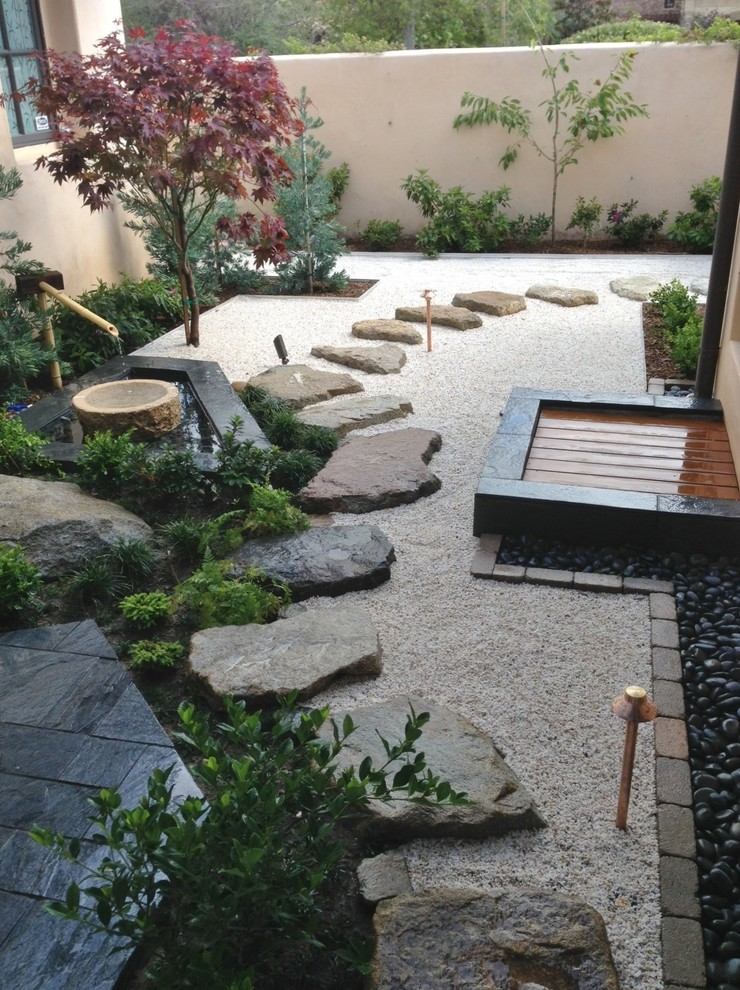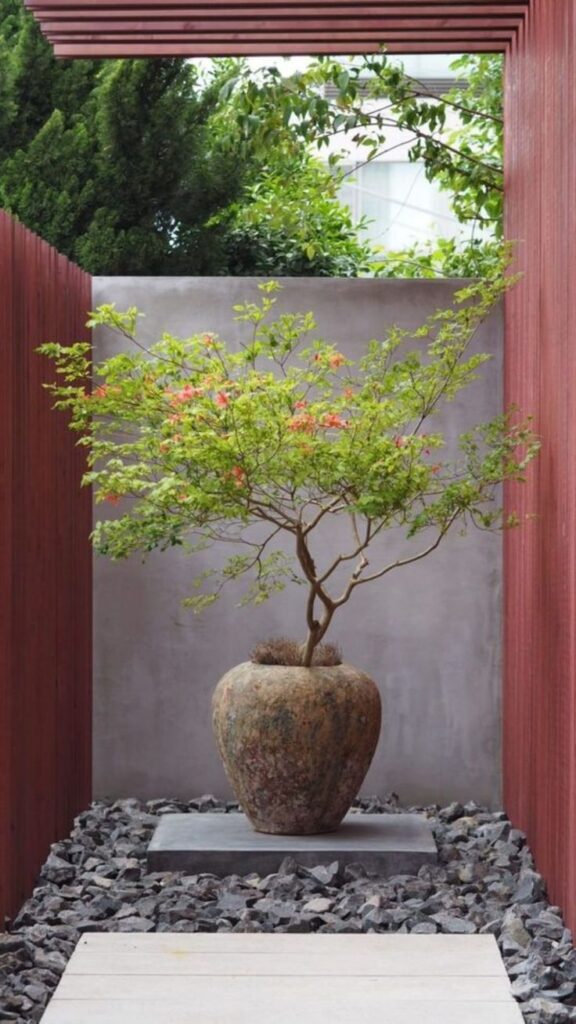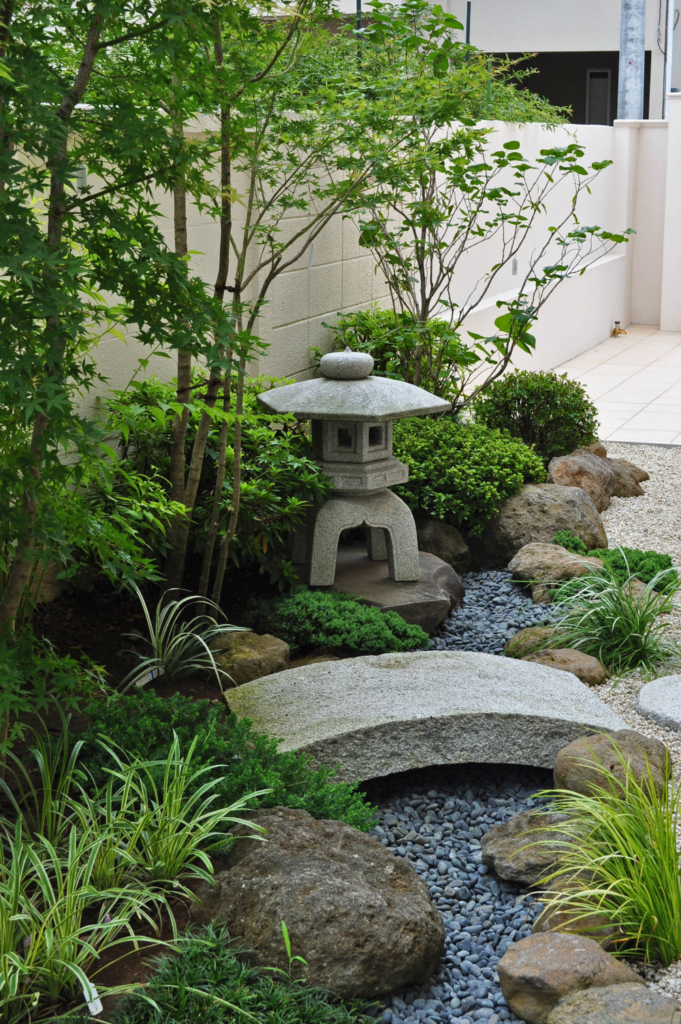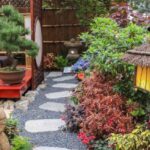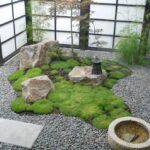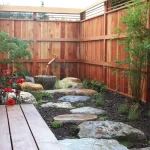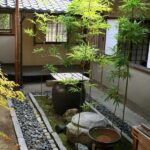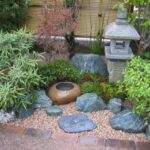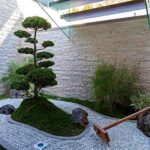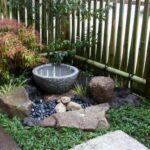Small Japanese Zen gardens, also known as dry rock gardens or karesansui, are serene and minimalist landscapes that have been used for centuries as a form of meditation and contemplation. These gardens typically consist of carefully arranged rocks, white sand or gravel, and sometimes a few sparse plants. The simplicity and harmonious design of these gardens are meant to evoke a sense of peace, tranquility, and balance.
One of the key features of a small Japanese Zen garden is the use of rocks to represent mountains, islands, or other natural elements. These rocks are carefully placed in a way that creates a sense of movement or flow, encouraging viewers to contemplate the natural world and their place within it. The white sand or gravel that is often used to cover the ground symbolizes water, and is raked in patterns to represent waves or ripples.
The act of raking the sand or gravel in a Zen garden is considered a form of meditation in itself. The repetitive motion of the rake and the attention to detail required to create intricate patterns can help clear the mind of distractions and promote a sense of mindfulness. This practice of mindful raking is meant to cultivate a sense of focus and presence, allowing the individual to connect more deeply with themselves and the natural world.
In addition to rocks and sand, small Japanese Zen gardens may also include a few carefully chosen plants such as moss, bamboo, or small shrubs. These plants are selected for their simplicity and ability to evoke a sense of natural beauty and tranquility. They are often arranged in a way that mimics the natural landscape, creating a sense of harmony and balance within the garden.
The design and layout of a small Japanese Zen garden are carefully considered to create a sense of unity and harmony. Each element is placed with intention and purpose, and every detail is thoughtfully chosen to contribute to the overall aesthetic and atmosphere of the garden. The result is a space that invites contemplation, reflection, and a deep sense of peace and serenity.
